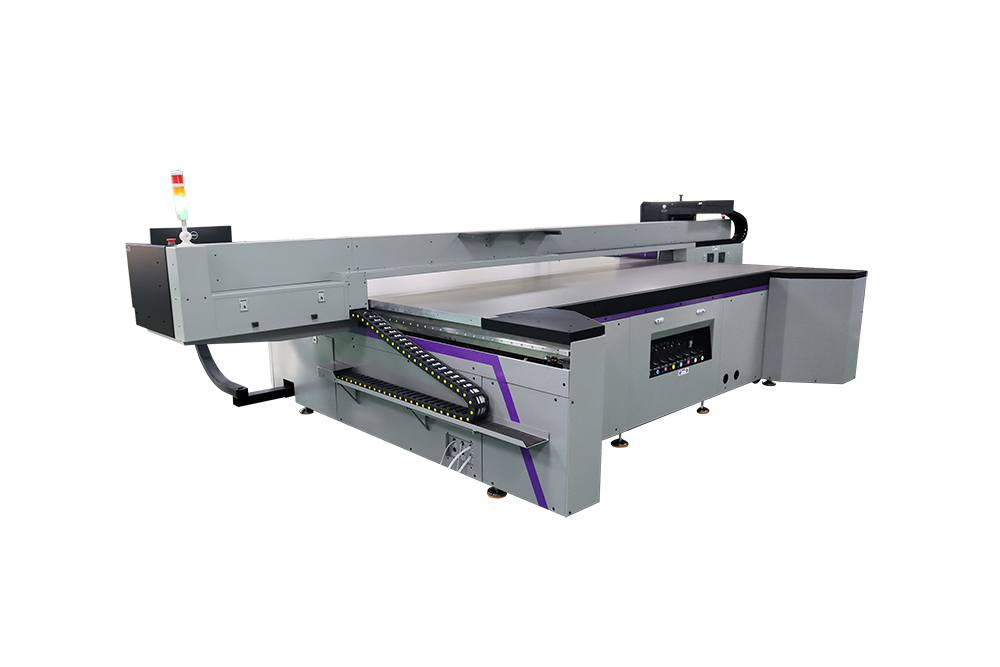UV Flatbed Printer: The Role of Print Media Coatings in Print Quality
UV Flatbed Printer: The Role of Print Media Coatings in Print Quality
In the realm of digital printing, UV flatbed printers have emerged as a game-changer, offering unparalleled versatility and print quality. These printers utilize ultraviolet (UV) curing technology to instantly dry ink as it is applied to the substrate, enabling printing on a wide array of materials, including those traditionally deemed non-porous or difficult to print on. However, achieving optimal print quality on such diverse media goes beyond just the printer’s capabilities; it is heavily influenced by the choice and application of print media coatings. This article delves into the pivotal role that print media coatings play in enhancing the output quality of UV flatbed printers.

Understanding UV Flatbed Printers
UV flatbed printers are designed to accommodate various flat or near-flat surfaces, ranging from rigid materials like glass, metal, and plastic to flexible ones such as leather and certain fabrics. They work by depositing ink droplets onto the surface in a precise pattern, followed by immediate exposure to UV light. This light source initiates a chemical reaction that cures the ink, transforming it from a liquid to a solid state in an instant. This process not only accelerates the drying time but also enhances the durability, scratch resistance, and chemical resistance of the printed image.
The Significance of Print Media Coatings
Print media coatings are applied to the surface of the substrate prior to printing. These coatings can be categorized into several types, each serving specific purposes:
Adhesion Promoters: Enhance the bond between the ink and the substrate, ensuring better ink adhesion and reducing the risk of ink lifting or peeling off.
Color Enhancers: Improve color saturation, brightness, and contrast by creating a smoother surface that allows for more even ink distribution.
Protective Coatings: Act as a barrier, protecting the printed image from environmental factors such as UV rays, moisture, and abrasion.
Texture Modifiers: Alter the surface texture of the media to achieve desired visual or tactile effects, such as matte, gloss, or textured finishes.
Impact on Print Quality
Ink Adhesion: The primary function of adhesion promoters is to ensure that the ink firmly attaches to the substrate. Without proper adhesion, the print may appear blotchy, with ink pooling or failing to cover the entire surface uniformly. This can lead to premature fading or complete loss of the image over time.
Color Vibrancy and Accuracy: Color enhancer coatings play a crucial role in reproducing vibrant, true-to-life colors. They prevent ink from spreading unevenly, ensuring sharp lines and crisp details. By optimizing ink laydown, these coatings contribute to a broader color gamut and more accurate color matching.
Durability and Longevity: Protective coatings are instrumental in extending the lifespan of printed graphics. They shield the ink from environmental stressors, preventing fading, cracking, or discoloration. This is particularly important for outdoor applications where prints are exposed to harsh weather conditions.
Aesthetic Appeal: Texture modifiers offer creative flexibility, allowing printers to customize the final appearance of the print according to specific design requirements. From high-gloss finishes that add a touch of luxury to matte coatings that reduce glare, these coatings significantly impact the visual and tactile experience of the printed piece.
Application Techniques and Considerations
Applying print media coatings requires careful consideration of several factors:
Compatibility: The coating must be compatible with both the substrate and the ink used in the UV flatbed printer. Incompatible coatings can lead to poor ink adhesion, cracking, or other print defects.
Coating Thickness: Achieving the desired effect while maintaining print quality necessitates precise control over coating thickness. Too thick a coating can result in an uneven surface, affecting ink laydown, while too thin may not provide adequate protection or the desired visual effect.
Curing Process: Just like the ink, the coating itself may require UV curing. Understanding the optimal curing conditions for both the ink and the coating is essential to avoid over- or under-curing, which can compromise print quality.
Environmental Impact: As sustainability becomes a growing concern, selecting coatings that are environmentally friendly, such as those with low VOCs (volatile organic compounds), is increasingly important.
Conclusion
In the realm of UV flatbed printing, print media coatings are not just an afterthought but a vital component in achieving exceptional print quality. They serve as the bridge between the substrate and the ink, influencing adhesion, color reproduction, durability, and aesthetics. By carefully selecting and applying the appropriate coatings, printers can unlock the full potential of UV flatbed technology, delivering prints that are not only visually stunning but also resilient and long-lasting. As technology continues to advance, so too will the science of print media coatings, further pushing the boundaries of what is possible in digital printing.
